Camera Comparison: Samsung Galaxy Camera vs Galaxy S III, Galaxy Note II, iPhone 5, Nokia 808 PureView
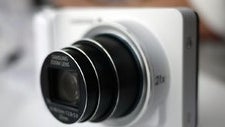
You can now read:
- LG G2 vs Samsung Galaxy S4 vs iPhone 5 vs HTC One Camera comparison
- iPhone 5s vs LG G2 vs Samsung Galaxy Note 3 vs Galaxy S4 vs HTC One vs Motorola Moto X vs DROID Ultra Camera comparison
- Google Nexus 5 vs iPhone 5s vs Sony Xperia Z1 vs Samsung Galaxy Note 3 vs Galaxy S4 vs LG G2 vs Nokia Lumia 1020 vs HTC One Camera comparison
Introduction:
But before we dwell any further, we must inform you that in order to keep the challenge fair for all devices, we've set their resolutions to 8 megapixels for photos and 1080p for videos. All photographs have been taken in automatic mode, or with the least manual adjustments possible (read: an occasional tap to focus if a camera happens to struggle with close-ups). With that out of the way, let's begin with the first category in our camera comparison.
Details:
Get ready for a surprise, folks! Turns out that the Samsung Galaxy Camera does not perform that well when it comes to image details. In fact, the photos that were taken with it contain the least amount of detail when viewed at 100% zoom, contrary to what we were expecting to see. Sure, they aren't terrible, but even the Samsung Galaxy Note II and Galaxy S III fare somewhat better in this category. Both of them, however, are beaten by the iPhone 5 and its detail-rich images, although Apple's smartphone does not lead by much. The undisputed leader as far as details go is the Nokia 808 PureView, which captures incredibly detailed photos nearly free of that annoying digital noise.
1. Nokia 808 PureView
2. iPhone 5
3. Samsung Galaxy S III and Samsung Galaxy Note II
4. Samsung Galaxy Camera
Color reproduction:
As far as color reproduction is concerned, the snapper that satisfies us the most is on the Samsung Galaxy S III. And that's not only because the photos it captures exhibit true-to-life colors, but also because it gave us the most consistent results. The iPhone 5 comes next for capturing vibrant hues across the entire spectrum, although it often tends to exaggerate color tones, thus making them look less natural.
The Samsung Galaxy Camera also performed well, but the results weren't consistent. In other words, its color accuracy is top notch under certain conditions, but then when trying to capture a totally different scene, hues would look washed out and unnatural. Same can be said about the Samsung Galaxy Note II as it has difficulties capturing blue skies properly and reds appear slightly less dull than they should be.
The Nokia 808 PureView takes the last place because the colors in its photos are often lifeless, but tend to be highly accurate under optimal lighting conditions.
2. iPhone 5
3. Samsung Galaxy Camera
4. Samsung Galaxy Note II
5. Nokia 808 PureView
Indoor:
Having a xenon flash sure does help when shooting indoors, which is why the Samsung Galaxy Camera takes the lead in this category. But even when the flash does not fire, the results are more than satisfactory, with nicely balanced colors and a tolerable amount of digital noise. The Nokia 808 PureView also performs well and its indoor photos are rich in detail, but it just can't get the color saturation right, and its xenon flash does not quite fill up the entire frame.
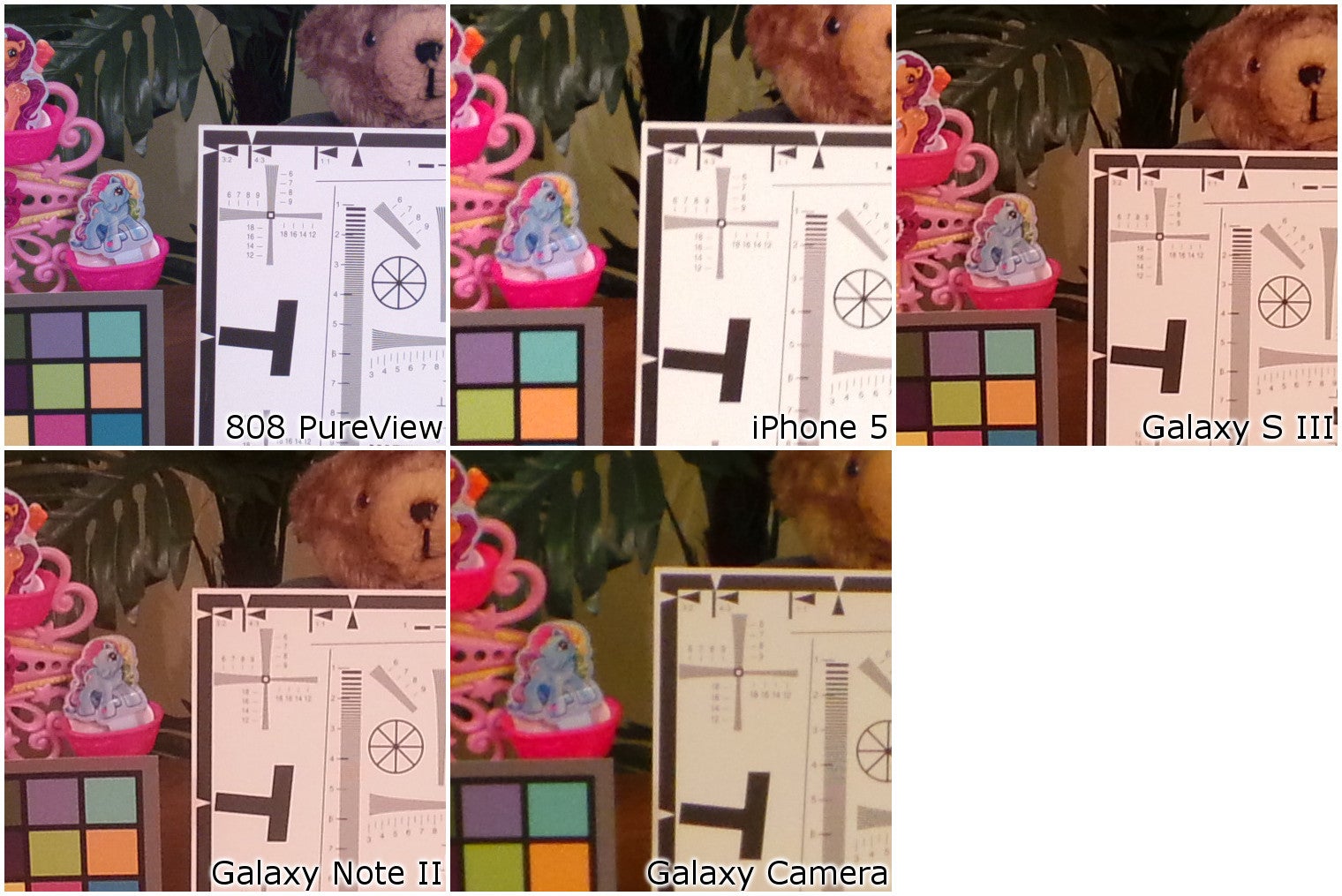
100% Crops
2. Nokia 808 PureView
3. Apple iPhone 5
4. Samsung Galaxy S III and Samsung Galaxy Note II
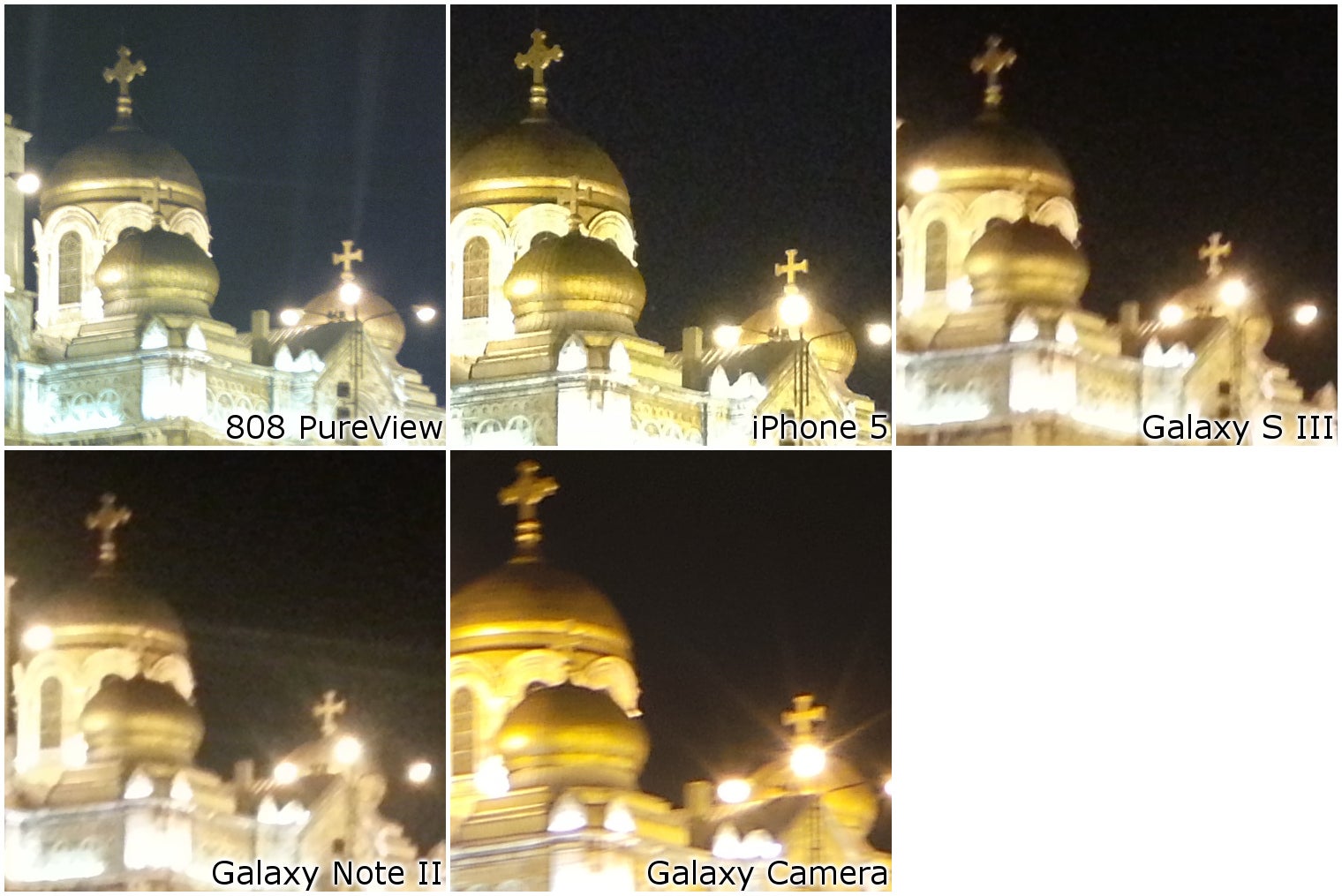
100% Crops
If captured the right way, night photos can be particularly impressive with their warm glow. Too bad that smartphones are pretty terrible at shooting a night scenery, and the ones we're comparing are no exception. Their photos are packed with digital noise and the colors are pretty lifeless. The Samsung Galaxy Camera, on the other hand, manages to deliver satisfactory results as it captures lights with their distinct and intensive tone.
1. Samsung Galaxy Camera
2. Nokia 808 PureView, iPhone 5, Samsung Galaxy S III, Samsung Galaxy Note II
Macro:
Well, it is particularly difficult to pick a clear winner in this category as all the close-ups we took look great. Perhaps only the Samsung Galaxy Camera has a slight advantage as it is able to focus accurately almost all of the time and it can focus from a really close proximity to the object, while the smartphones we're comparing it against are somewhat fiddly with their focusing. But looking solely at image quality, all devices perform equally good.
Video:
All of today's contenders are capable of capturing great 1080p video, but the three that do it slightly better than the rest are the Nokia 808 PureView, Samsung Galaxy Note II and Samsung Galaxy S III. The footage that they record is chock–full of fine details and runs smoothly at 30 frames per second, not to mention that the 808 PureView also offers lossless zoom. The iPhone 5 captures excellent Full HD video as well, but when lighting conditions aren't optimal, there's a tad more digital noise present than we'd like there to be. As for the Samsung Galaxy Camera, the video itself is smooth and detailed, but we notice some strange exposure fluctuations, which are somewhat annoying, and the sound quality isn't stellar either. On the other hand, having 21x zoom while shooting video is a great advantage, and having a 120fps slow-motion mode is also pretty neat.

Samsung Galaxy S III Sample Video:

Samsung Galaxy Note II Sample Video:

Apple iPhone 5 Sample Video:

Nokia 808 PureView Sample Video:

Samsung Galaxy Camera Indoor Sample Video:

Samsung Galaxy S III Indoor Sample Video:

Samsung Galaxy Note II Indoor Sample Video:

Apple iPhone 5 Indoor Sample Video:

Nokia 808 PureView Indoor Sample Video:

Zoom:
The Nokia 808 PureView is one of the very few smartphones that offers lossless zoom while taking photos or video. But instead of achieving that using optics, the handset zooms in or out by shrinking or expanding the sensor area that is being used. The Samsung Galaxy Camera, on the other hand, has a full-fledged optical system that provides a whopping 21x lossless zoom when fully expanded. Check out the samples from these two cameras below in order to get a better idea how their zoomed in photos look like.
Ease of use, speed, features and interface:
When it comes to actually using any of these five devices, each one of them has its advantages. The iPhone 5, for example, is excellent for people who just want to take a picture on the spot. The camera launches quickly and can be accessed straight from the lock screen. There's no shutter lag, no confusing menus and no need for settings tweaking – the user just points and shoots at the desired object. On the other hand, the lack of flexibility as far as finer adjustments are concerned might be viewed as a downside by more experienced photographers.
The Samsung Galaxy Note II and Galaxy S III also provide nearly instant access to their camera interfaces via lock screen shortcuts and their shutter lag is virtually nonexistent. But in addition, there are lots more image adjustments that can be made, and shortcuts to frequently used camera features can be set as well for quick access.
The Nokia 808 PureView stands out with offering lossless zoom and a comfortable 2-stage shutter key. Moreover, the smartphone is ready for use by both amateurs and professionals alike – those with less experience can simply stick to the automatic mode, while the creative interface is where all the advanced shooting settings can be accessed from.
But no smartphone can give you as much access to manual controls as the Samsung Galaxy Camera. You know, it is an actual camera after all. The user can set even the aperture and shutter speed manually, if needed, and the optical zoom goes all the way to 21x while the image stabilization keeps things steady. At the same time, the camera is easy to use when shooting in automatic mode, so even a newbie should be able to figure out how to use it.
Conclusion:
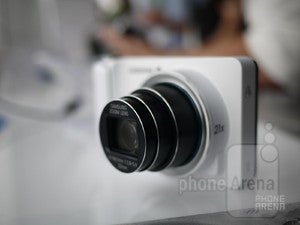
We must admit, however, that the Samsung Galaxy Camera trumps the competition when it comes to indoor and night photos. No other smartphone is capable of capturing a night scenery that would look even nearly as good, while the dedicated xenon flash does an excellent job at illuminating the scene even in near darkness. But in cases other than that, a top-of-the-line smartphone with a high-quality camera, such as the Samsung Galaxy S III, Galaxy Note II, iPhone 5, or the Nokia 808 PureView, should perform at least as good as the Galaxy Camera.
You can now read:
- LG G2 vs Samsung Galaxy S4 vs iPhone 5 vs HTC One Camera comparison
- iPhone 5s vs LG G2 vs Samsung Galaxy Note 3 vs Galaxy S4 vs HTC One vs Motorola Moto X vs DROID Ultra Camera comparison
- Google Nexus 5 vs iPhone 5s vs Sony Xperia Z1 vs Samsung Galaxy Note 3 vs Galaxy S4 vs LG G2 vs Nokia Lumia 1020 vs HTC One Camera comparison
Follow us on Google News


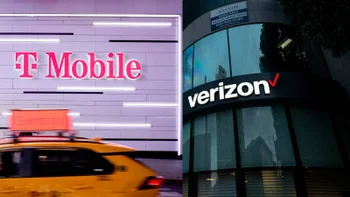

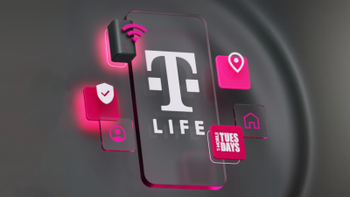



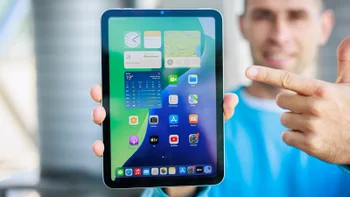

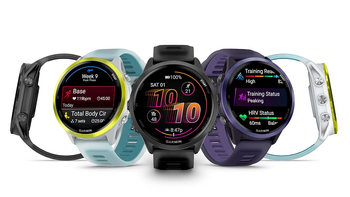
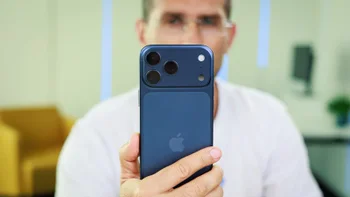
Things that are NOT allowed:
To help keep our community safe and free from spam, we apply temporary limits to newly created accounts: